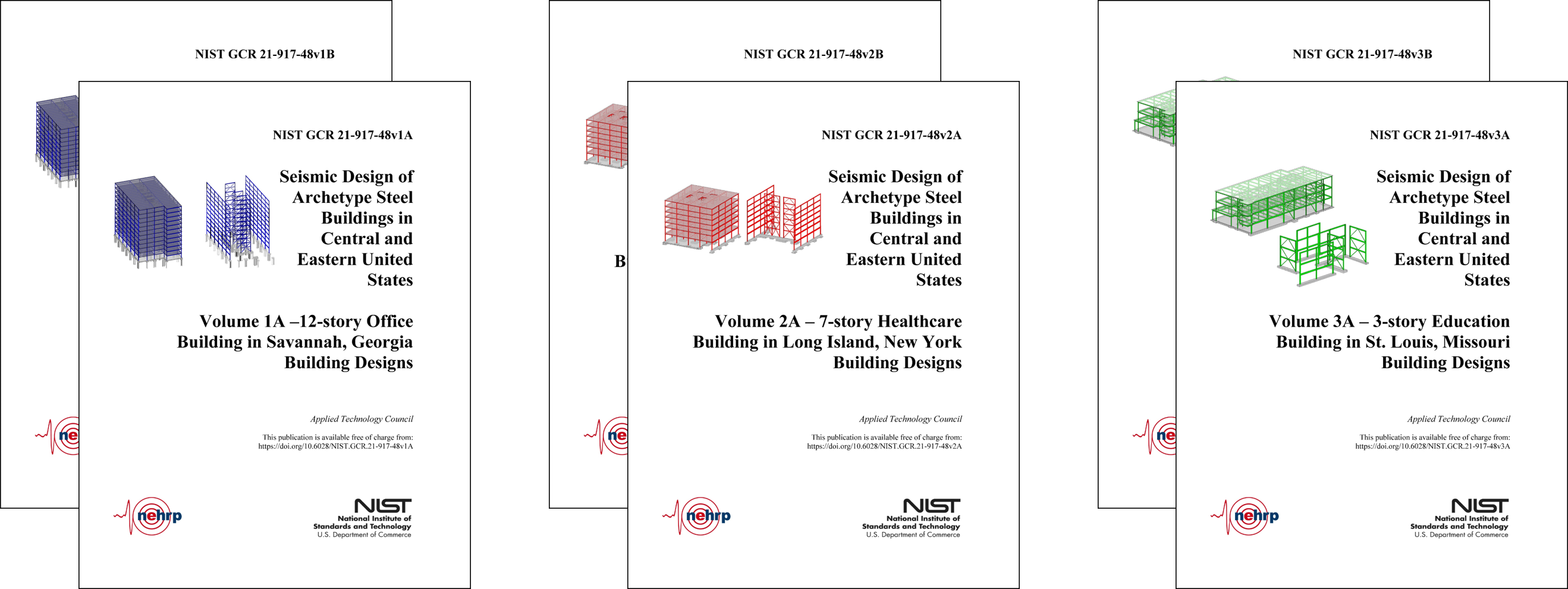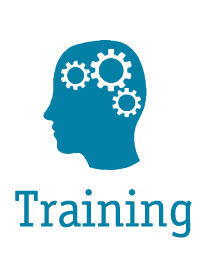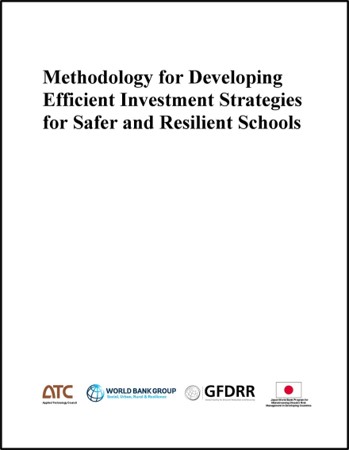Project Title: Steel Buildings in the Central and Eastern United States Designed for Controlling Wind Loads to Evaluate their Seismic Performance
Client: National Institute of Standards and Technology
Purpose: The purpose of this project was to document structural designs to enable research studies on seismic performance of buildings when the controlling design load is from wind effects. Designs were developed for: (1) a 12-story office building in Savannah, Georgia; (2) a 7-story healthcare building in Long Island, New York; and (3) a 3-story education building in St. Louis, Missouri. Buildings were designed with older and current building codes for the specified locations within the Central and Eastern United States by engineers serving as consultants to ATC. The project resulted in publication of NIST GCR 21-917-48 in six volumes:

NIST 21-917-48, Seismic Design of Archetype Steel Buildings in Central and Eastern United States
NIST 21-917-48v1A, Volume 1A: 12-story Office Building in Savannah, Georgia Building Designs
NIST 21-917-48v1B, Volume 1B: 12-story Office Building in Savannah, Georgia Supplementary Documentation
NIST 21-917-48v2A, Volume 2A: 12-story Office Building in Long Island, New York Building Designs
NIST 21-917-48v2B, Volume 2B: 12-story Office Building in Long Island, New York Supplementary Documentation
NIST 21-917-48v3A, Volume 3A: 12-story Office Building in St. Louis, Missouri Building Designs
NIST 21-917-48v3B, Volume 3B: 12-story Office Building in St. Louis, Missouri Supplementary Documentation
Print




 Project Title: Building Technical Capacity in Central Asia to Design Risk-Informed Public Infrastructure Investments at Scale
Project Title: Building Technical Capacity in Central Asia to Design Risk-Informed Public Infrastructure Investments at Scale